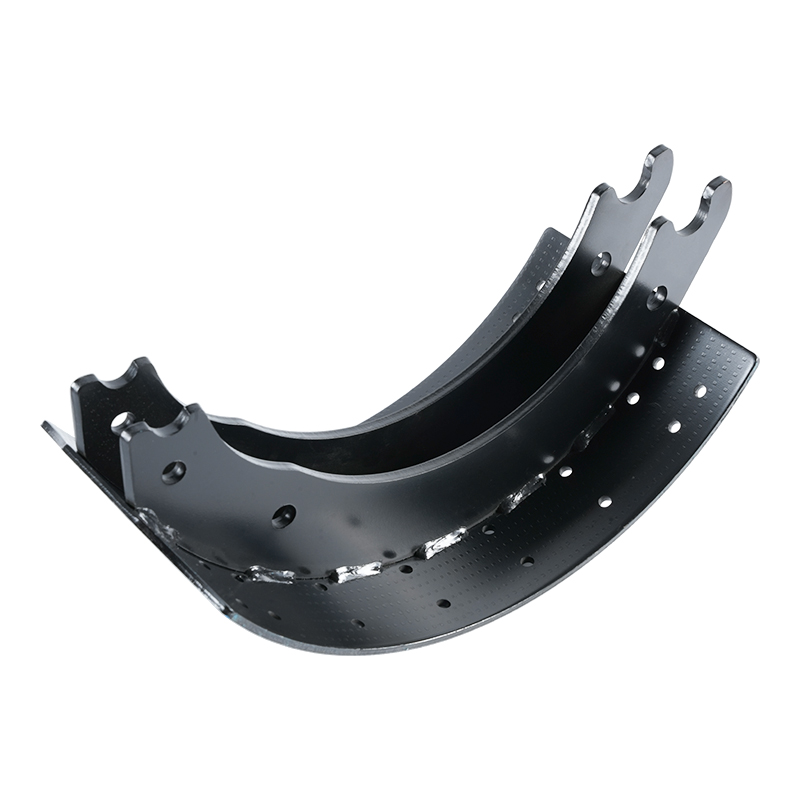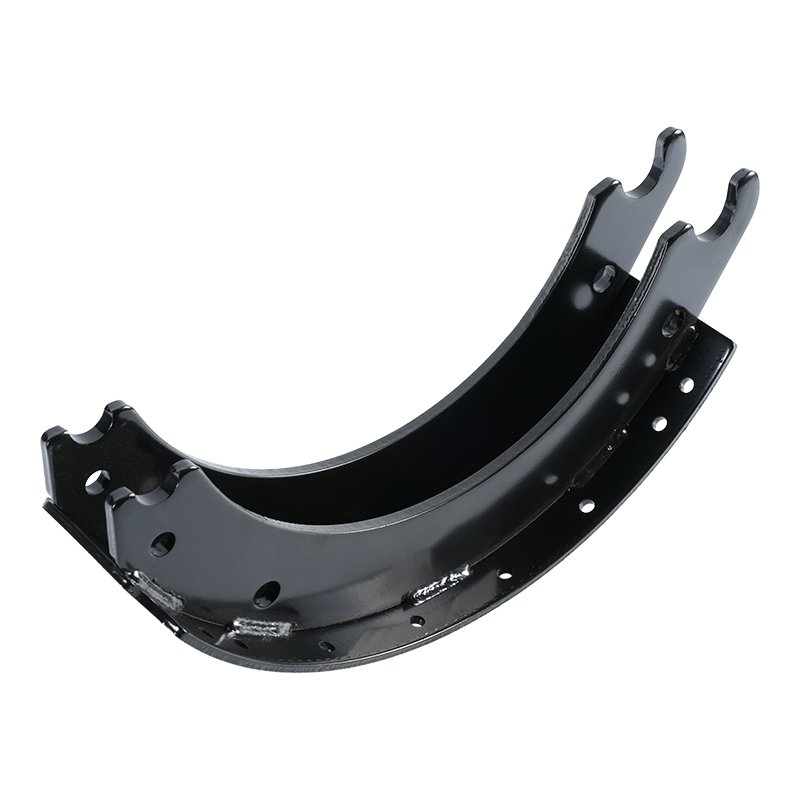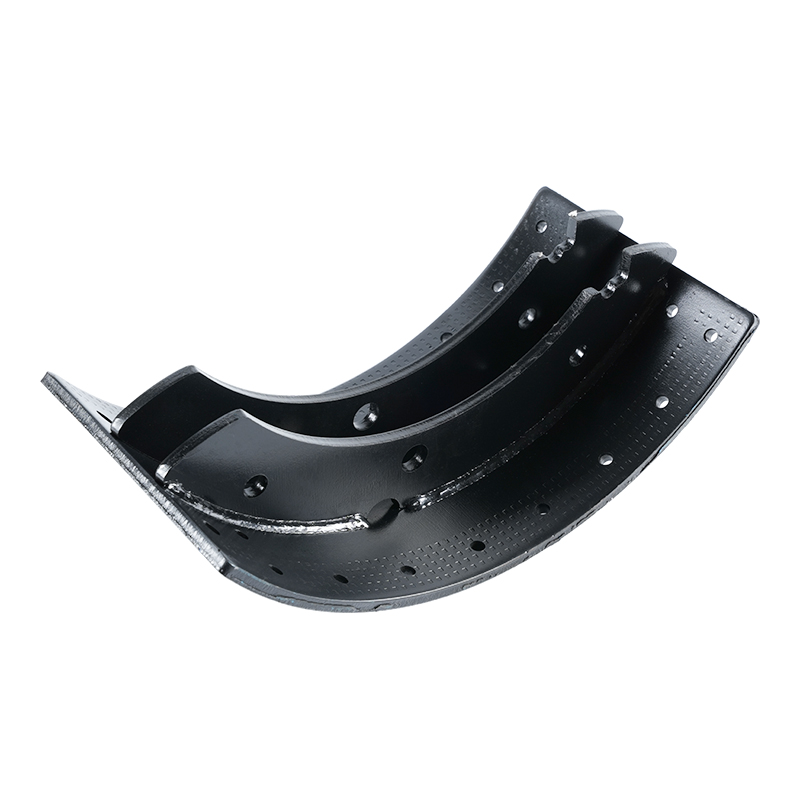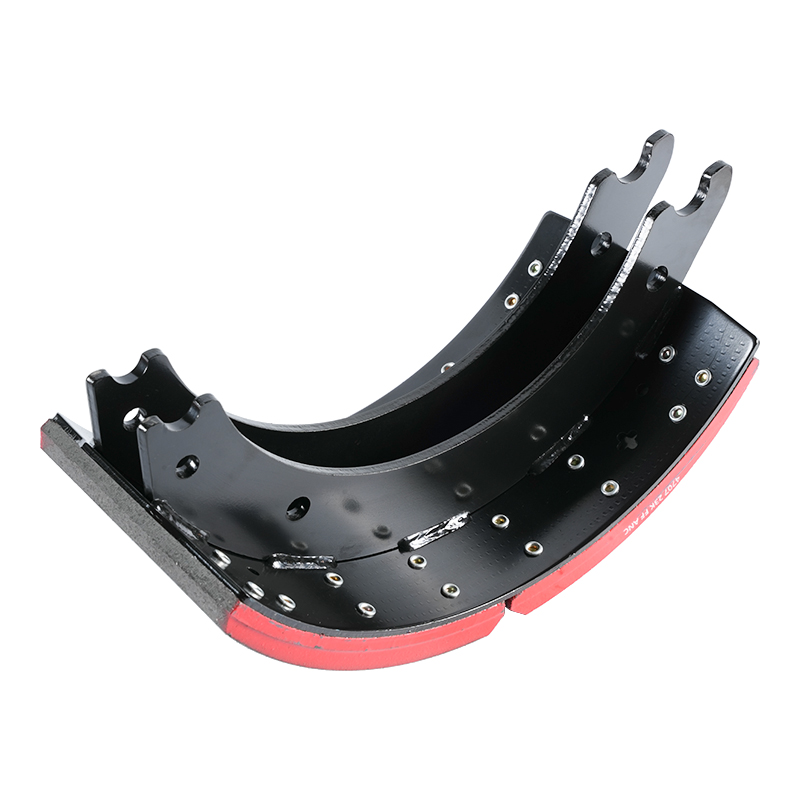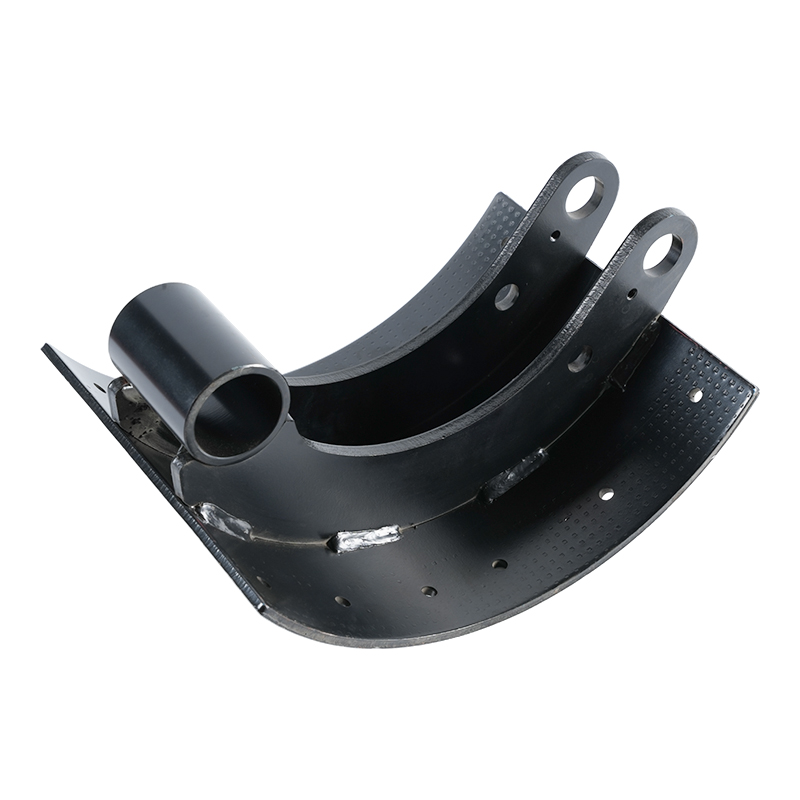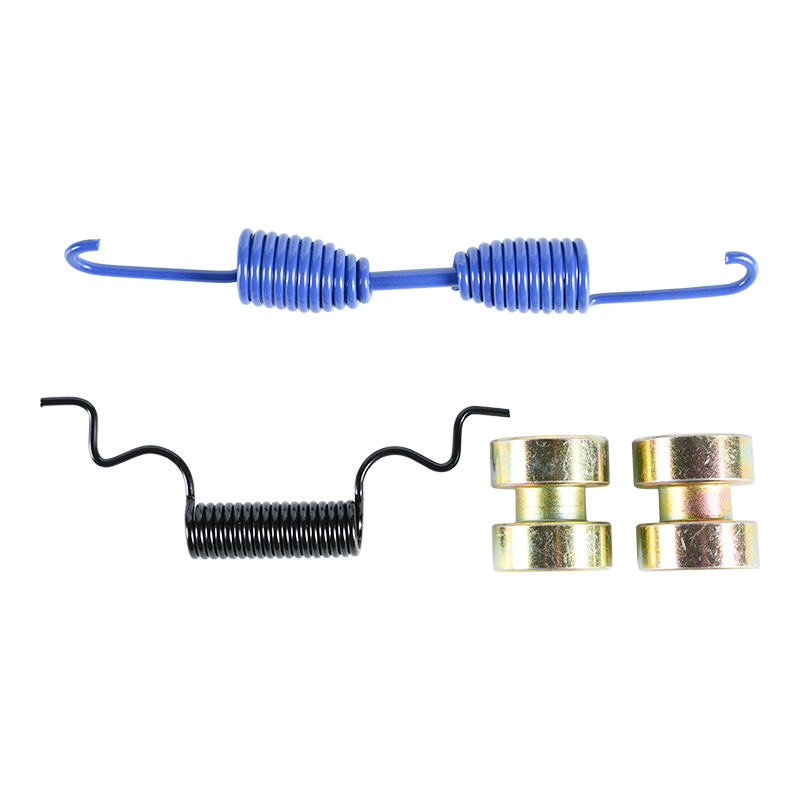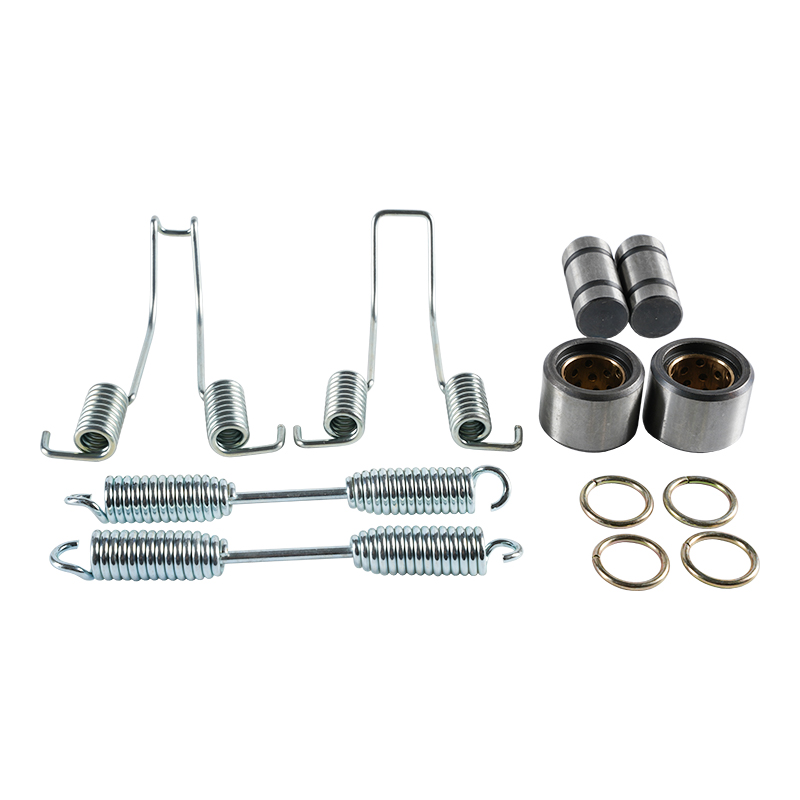What happens if you don't replace brake shoes?
 2025.06.19
2025.06.19
 Industry News
Industry News
Ignoring worn brake shoes isn't just about a minor inconvenience; it's a direct assault on vehicle safety and a precursor to significantly more expensive repairs. The consequences escalate from reduced performance to critical safety hazards and the destruction of the entire braking system.
Compromised Vehicle Control and Emergency Braking Failure
At the core of the danger is the severe degradation of your vehicle's ability to stop reliably. When brake shoe friction material wears thin or is entirely gone, the coefficient of friction between the shoe and the drum plummets. This directly translates to:
Significantly Extended Stopping Distances: In an emergency braking scenario, every foot counts. With compromised brake shoes, your vehicle will travel much further before coming to a complete halt. This dramatically increases the risk of rear-ending another vehicle, failing to stop at an intersection, or being unable to avoid a pedestrian or obstacle.
Reduced Braking Power on Demands: Hill descents, sudden traffic slowdowns, or sharp turns all demand responsive and powerful braking. Worn shoes mean your vehicle will struggle to shed speed effectively, potentially leading to loss of control, especially on wet or slippery surfaces where tire grip is already reduced.
Inconsistent Braking and Pulling: Uneven wear on brake shoes or damage to the drums can cause the vehicle to pull sharply to one side when braking. This unexpected directional shift can be disorienting and dangerous, particularly at higher speeds or in critical situations.
Complete Brake Fade or Failure: Under prolonged or heavy braking (like descending a long hill), worn shoes generate excessive heat due to inefficient friction. This heat can lead to "brake fade," where the brakes temporarily lose most of their effectiveness. In severe cases, the components can overheat to the point of catastrophic failure, leaving you with little to no braking capability whatsoever.
The Destructive Chain Reaction: Cascading Damage
What starts as a seemingly minor issue – worn friction material – quickly escalates into a destructive chain reaction affecting multiple costly components:
Brake Drums Become Destroyed:
Once the friction material on the brake shoe is gone, the metal backing plate of the shoe grinds directly against the cast-iron brake drum. This metal-on-metal contact causes:
Deep Scoring and Grooves: The hard metal of the shoe digs into the softer metal of the drum, creating deep, concentric grooves. These grooves reduce the effective contact area for any new brake shoes, making future braking less effective even after replacement.
Warping and Cracking: The intense heat generated by metal-on-metal friction, combined with the physical stress, can cause the brake drum to warp out of round or even crack. A warped drum will cause pedal pulsation, noise, and uneven braking. A cracked drum is a complete safety hazard and requires immediate replacement.
"Glazing": Excessive heat can also cause the drum surface to become hardened and smooth ("glazed"), further reducing its ability to create friction with the brake shoes.
Damage to Wheel Cylinders and Springs:
Piston Over-Extension: As brake shoes wear, the wheel cylinder pistons have to extend further to push the shoes against the drum. If the shoes are severely worn, the pistons can over-extend, potentially leaking brake fluid or even popping out of their bores. This results in a loss of hydraulic pressure and complete brake failure for that wheel.
Contamination and Corrosion: A leaking wheel cylinder allows brake fluid to contaminate the remaining friction material, rendering it useless and requiring replacement of both the shoes and the cylinder.
Stretched or Broken Springs: The various springs within the drum brake assembly (return springs, hold-down springs) are under constant tension. Excessive heat and abnormal movement caused by severely worn shoes can weaken or break these springs, leading to components rattling inside the drum or even falling off, further jamming the brake mechanism.
Contamination of Other Components:
As the Brake Shoe Assembly disintegrate and the drums are damaged, metal shavings, friction dust, and other debris are generated within the brake assembly. This debris can:
Contaminate and seize the automatic brake adjusters, preventing them from properly maintaining the shoe-to-drum clearance.
Clog or damage the small passages within the wheel cylinder, impeding fluid flow.
Accelerate wear on other nearby bearings if it migrates.
In essence, neglecting worn brake shoes transforms a relatively inexpensive preventive maintenance task (replacing shoes and possibly resurfacing drums) into a costly repair involving multiple component replacements (shoes, drums, wheel cylinders, springs, hardware kits). More critically, it jeopardizes your safety and the safety of everyone sharing the road. Regular brake inspections are not merely suggestions; they are vital safety checks.
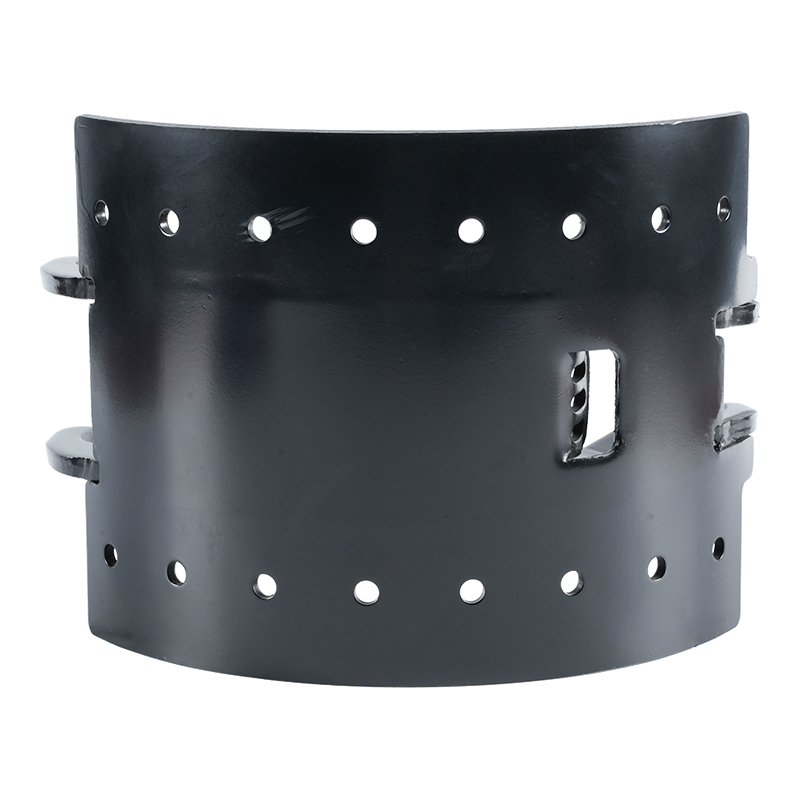

 Eng
Eng  中文简体
中文简体
